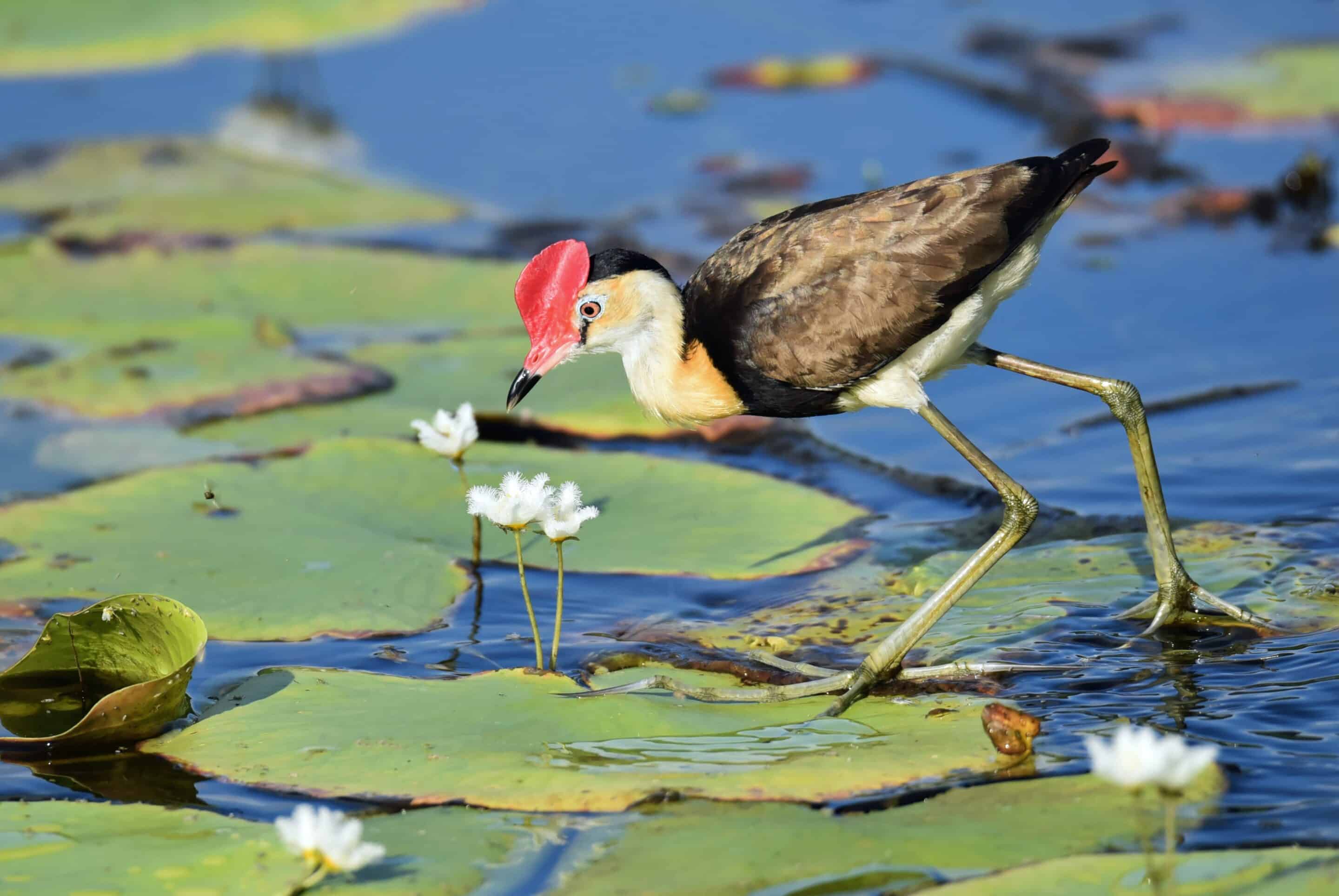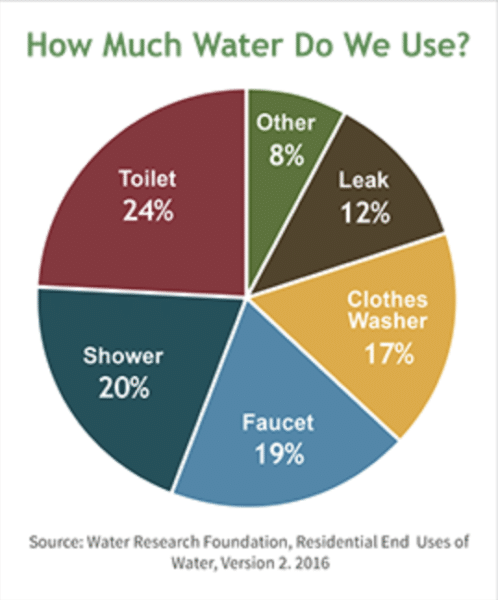Excess Waste
Did you know that the average American household toilet uses between 10,000 to 20,000 gallons of pristine water a year? This means that toilets, alone, use 72 gallons per day which is the largest usage of water in residential areas (according to the EPA).
“Worldwide, sewage treatment plants take more than four million kilograms of nitrogen and nearly a million kilograms of phosphorus out of wastewater. The nitrogen goes into the atmosphere as a greenhouse gas. This is bad for the climate, and bad for soils.”¹
The waste from sewage plants then destroys salt marshes and coral reefs throughout the world.²
Oh Crap, What Now?
So what are the alternatives to using a typical toilet and sewage system?
The first type of solution is dry toilets. These are toilets that use no water in the waste process. They include outhouses, composting toilets (which are smaller forms of outhouses), or even the new innovative incinerating toilets.
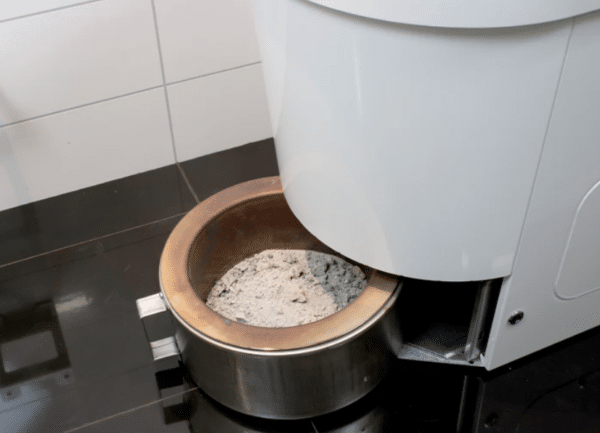
³
The second alternative is called Eco Septic Systems, also known as “wastewater gardens.” These systems retrofit traditional septic and leach fields into a “constructed wetland.” The book, The Wastewater Gardener by Mark Nelson, describes this concept in depth. See below.
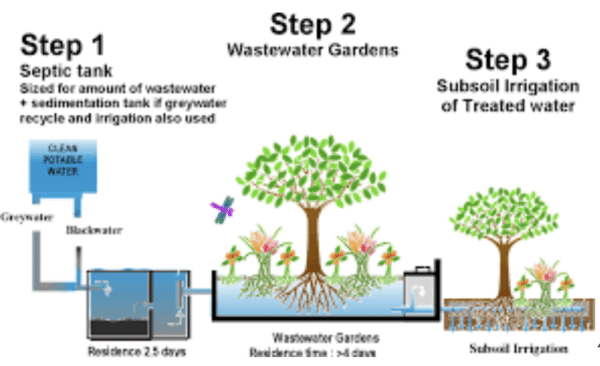
Wetlands
According to Mark, natural wetlands are like the “kidneys of the planet.” They remove toxins that would otherwise go into oceans, rivers, and other bodies of water. This environment also supports animals, birds, and aquatic species with their unique vegetation and habitat.
Mark decided to recreate this biome using a septic system as a method to reduce water and recycle “waste” into nutrients. The used water and waste from sinks, showers, and toilets are routed to the constructed wetland that otherwise would be the leech field. Within the system, there are beautiful plants that can thrive in water while filtering waste. See water hyacinth to the left and canna lilies to the right.
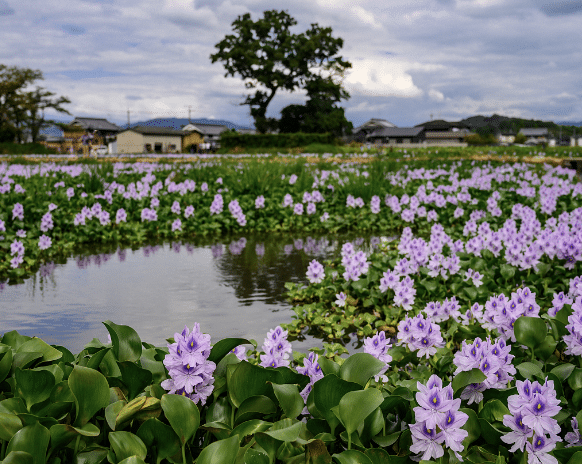
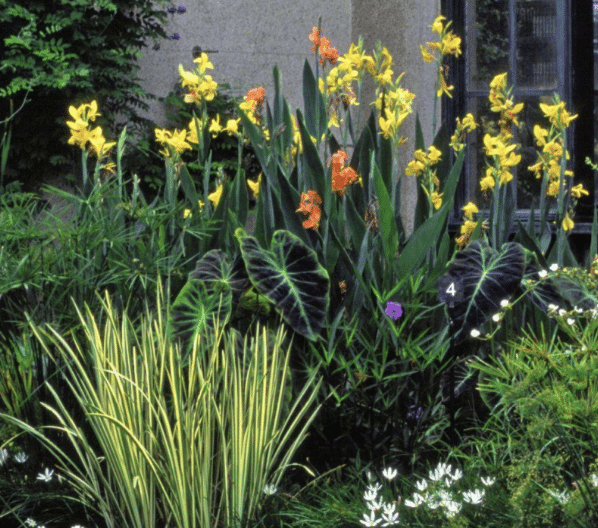
Not only are these systems beautiful, but they also have major benefits as well. “Instead of pumping wastewater to a remote sewage treatment plant, it is processed close to its source, often without any machinery. People become much more conscious of the impact they have on water and nutrient cycles; of what happens when they flush the toilet and to where their shower and laundry water goes.”⁷
If you already have a septic system or are considering installing one, keep reading to learn the do’s and don’ts according to the author. Read the following excerpt from The Wastewater Gardener for the full list:
- Separate shit from the water cycle wherever possible. This can be done at the source, by means of composting toilets, or at the end, by sending wastewater through zero-discharge reuse and recycling systems.
- Use water of the appropriate quality, according to need. That means clean, potable water should be prioritized for drinking, cooking, and bathing. Irrigation water should be water of a lower quality—for example, unpurified groundwater or surface water or appropriately treated and managed graywater.
- Conserve water by installing low-water-use appliances (washing machines, toilets, showers, etc.) and by irrigating using water-efficient methods such as drip irrigation or subsurface irrigation, lessening evapotranspiration.
- Use wastewater to create green belts around cities and to landscape at the smaller septic tank house or small community scale.
- Treat and reuse shit locally wherever possible. Centralized sewage treatment is very costly and makes more difficult the greening, recycling use of wastewater since much larger quantities of wastewater are now concentrated in one place. Wastewater recycling and redistribution should be decentralized, minimizing infrastructure and energy costs.
- Do not mix industrial waste with residential waste. Detoxify the former before any possible recycling. Just as residential wastewater can be treated and recycled as close to its source as possible, so should industry be responsible for cleaning up and recycling its wastewater at its source. If industry had to pay for the downstream costs of wastewater pollution, there would be economic incentives to use less toxic products, to develop methods for detoxifying ones that have no substitutes, and to recycle rather than dispose of wastewater.
- Send the sludge and compost made from human shit back to the land in an economical way. If necessary, add the real cost of returning shit to the land as a previously unaccounted cost of agriculture and of restoring and maintaining the health and productivity of our soils.
If you have been moved by this blog and would like to learn more about wastewater treatment in your backyard check out Mark’s book!
References
- https://flores.unu.edu/en/news/news/the-world-needs-more-toilets-but-not-ones-that-flush.html#:~:text=Worldwide%2C%20sewage%20treatment%20plants%20take,climate%2C%20and%20bad%20for%20soils.
- Flush and Forget, The Nature Conservancy
- https://evergreen.eco/cdn/shop/products/1228-01_CINDIFAMILYVID2_eaf7285d-ba2c-4f57-a49d-e39c5ca3ffad_720x.png?v=1603442350
- https://ecotechnics.edu/wp-content/uploads/2011/08/Worldwide-Applications-of-Wastewater-Gardens.pdf
- https://news.cgtn.com/news/2021-08-15/Water-hyacinth-A-beautiful-but-destructive-aquatic-plant-12KdmzbdZBK/index.html
- https://www.chalily.com/product/golden-canna-shallow-water-plant-pre-order/
- Pg.51 My Love Affair with Wetlands, The Wastewater Gardener by Mark Nelson
